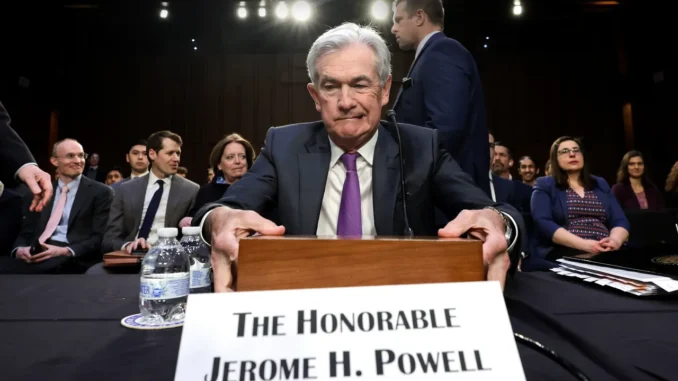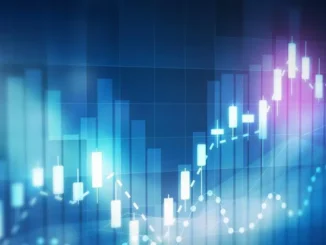
Here’s the good news.
After its most aggressive interest rate hikes in 40 years, the Federal Reserve on Wednesday is expected to approve a final quarter-point increase and signal a long-awaited pause, economists say.
The prospect of rate increases ending should be a welcome relief for consumers and businesses struggling with higher borrowing costs. And it could ease the worries of investors battered by the market-dampening fallout from the 13-month rate hiking campaign. Any sign of a halt would come sooner than anticipated and underscore that the recent failures of Silicon Valley Bank and Signature Bank have acted as a kind of rate increase by curbing lending, economic growth and, most critically, inflation.
Now, the not-so-good news.
The Fed has no plans to unfurl a “Mission Accomplished” banner. It’s expected to say it’s prepared to raise interest rates further if inflation and the labor market don’t cool down as projected. And the central bank will likely stress it doesn’t plan to cut interest rates this year, as markets are forecasting, even in the event of a widely predicted recession. Fed officials don’t expect rate cuts until 2024.
Will the Fed raise rates again this year?
In other words, the Fed will probably signal that while it’s pausing, it’s poised to raise or lower rates this year but is more likely to lift them, Millar says.
Economists expect the Fed to remove guidance in its March post-meeting statement that “some additional (rate increases) may be appropriate” to lower inflation to the Fed’s 2% target. Instead, Goldman Sachs expects the central bank to say rates are likely enough to achieve that goal but the Fed will closely monitor economic data to determine its next interest rate moves.
The Fed and homebuying season:With federal reserve interest rates set to rise, how will the housing market be affected?
Such a strategy wouldn’t come as a surprise. In March, the Fed forecast that it would raise its key rate by another quarter point to a range of 5% to 5.25% and then halt the inflation-fighting effort, which has hoisted the benchmark rate from near zero in early 2022.
Recent economic data offer a mixed picture of inflation. A government report last week revealed that the Fed’s preferred gauge of inflation fell to 4.2% last month from a 40-year high of 7% last June. But an underlying “core” measure that strips out volatile food and energy items remained higher than estimated at 4.6%.
Also, a barometer of wage growth showed that U.S. employees’ pay and benefits increased 1.2% in the first quarter, topping the fourth quarter pace and economists’ estimates. Companies often pass along higher labor costs to consumers through higher prices.
What could cause the Fed to raise interest rates again?
“We think a June hike is back on the table if inflation progress stalls along with continued strong employment gains in May,” Barclays wrote in a research note.



